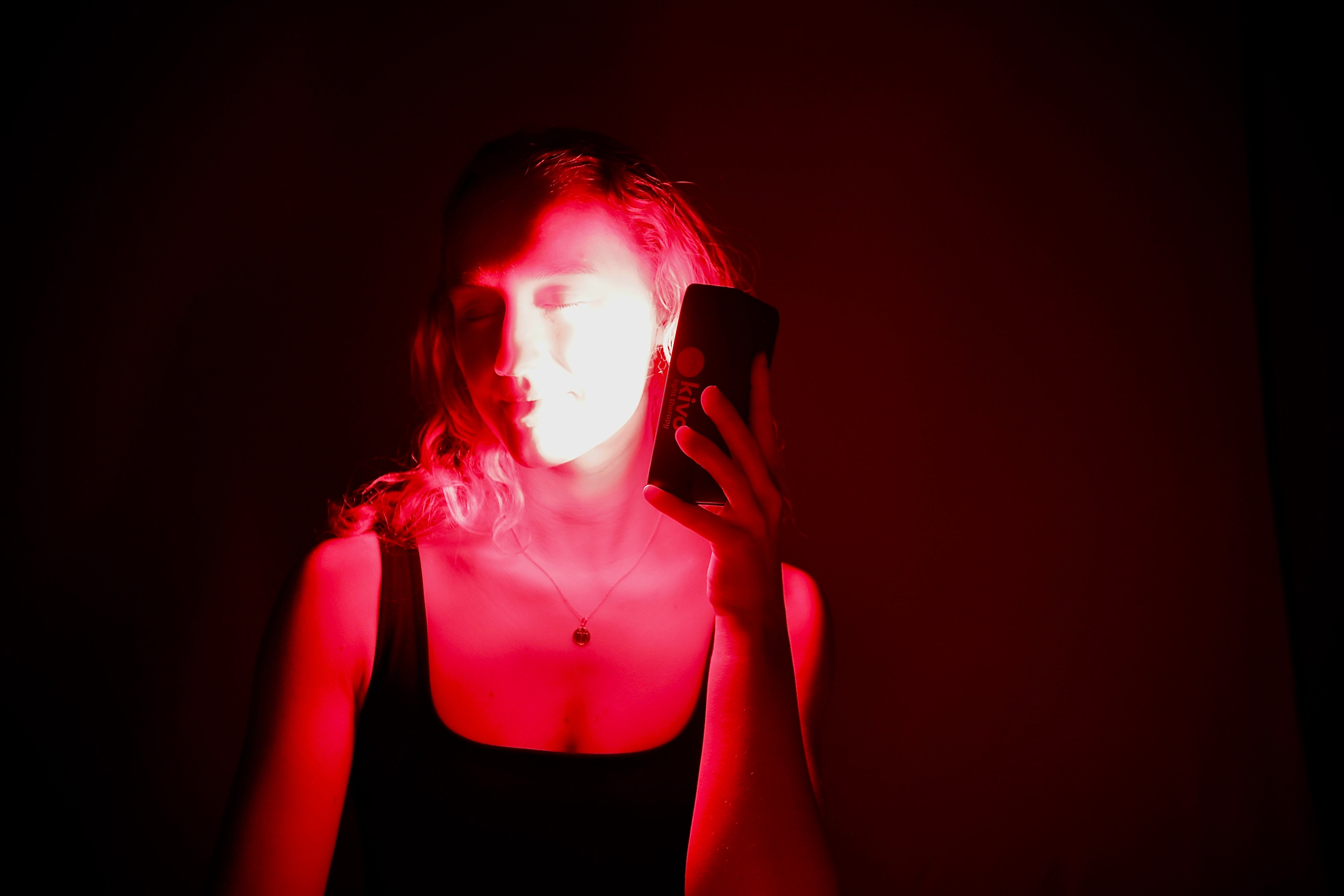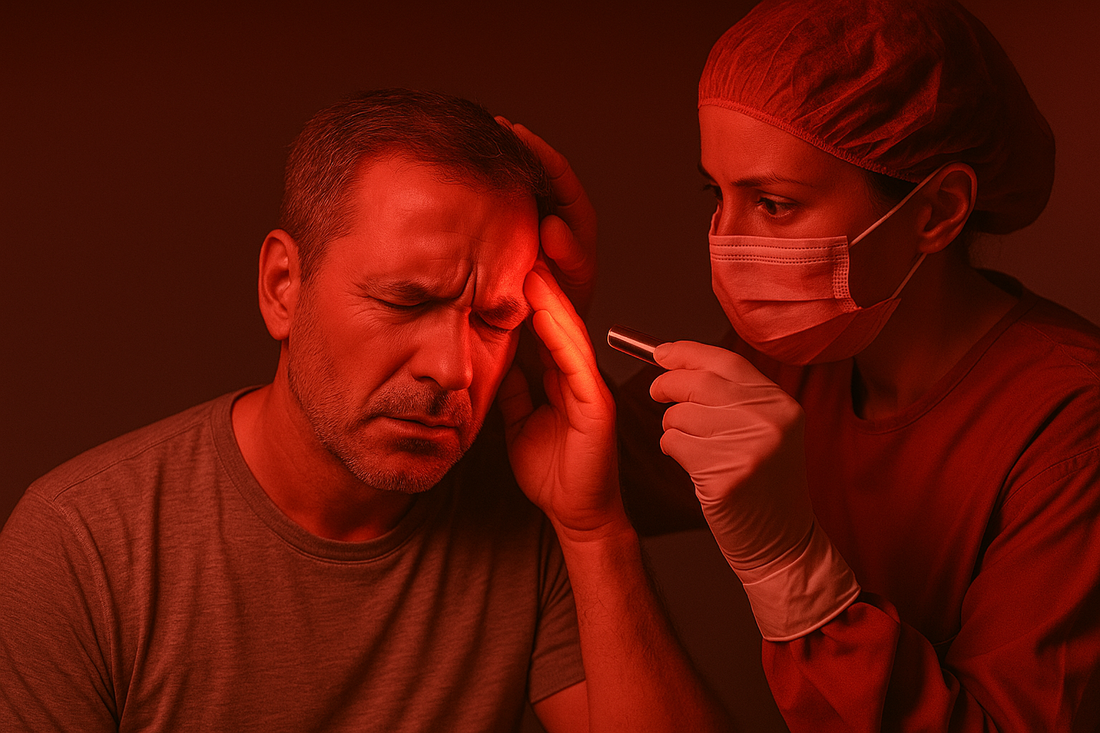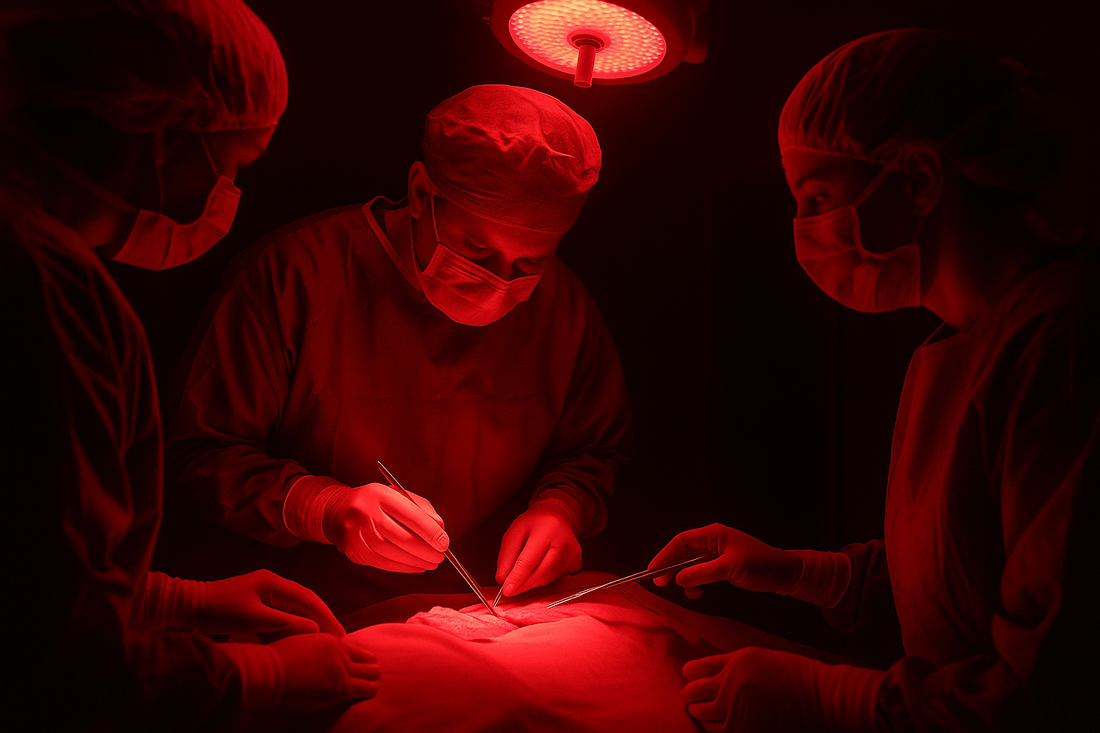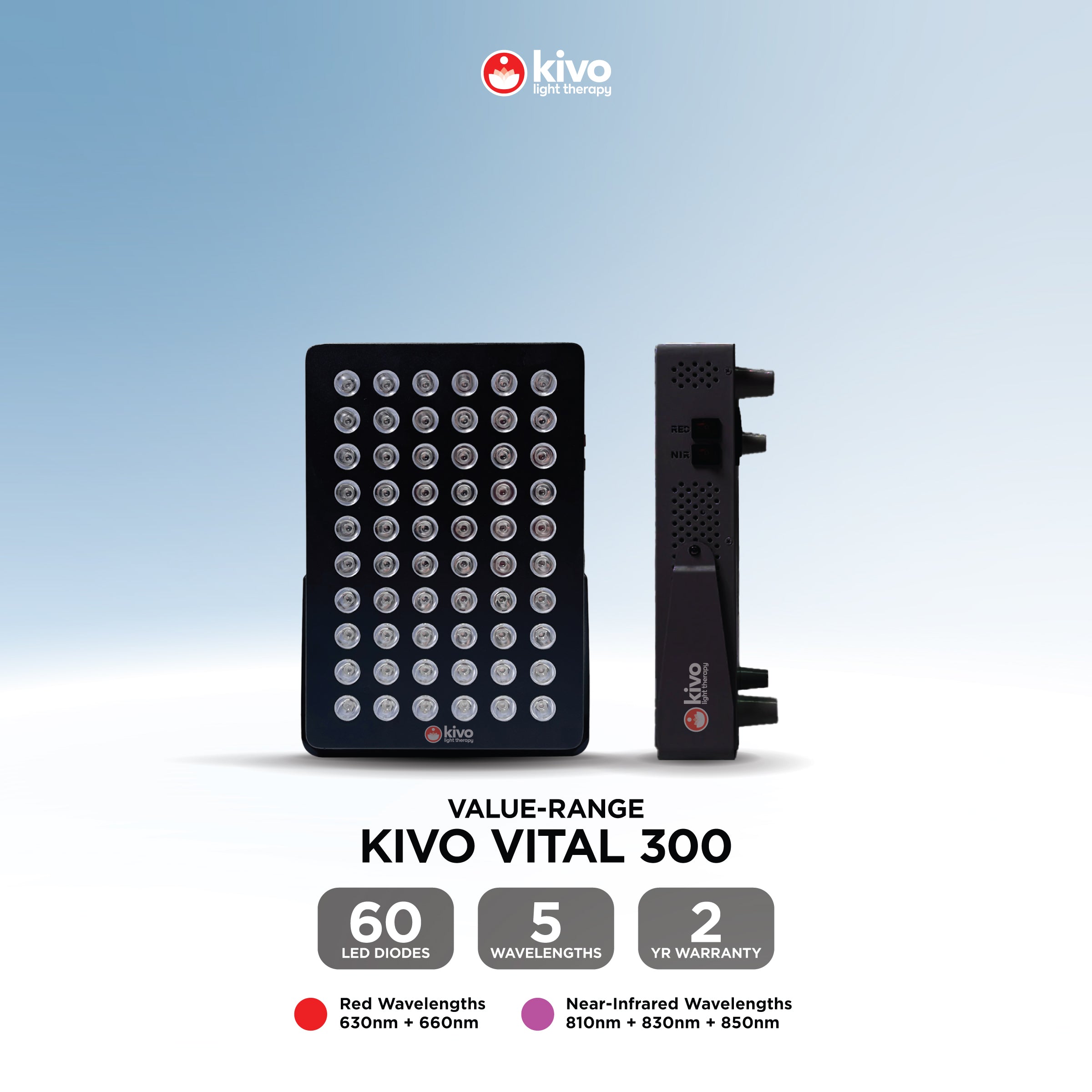Can Red Light and Near Infrared Light Therapy Help with ADHD?
ADHD is more than just a buzzword these days. With rising diagnoses across all age groups, more people are looking for drug-free alternatives to help manage symptoms like brain fog, impulsivity, low motivation, and poor focus. One emerging tool that’s getting attention? Red light therapy and near-infrared (NIR) light therapy.
What Is Red and Near Infrared Light Therapy?
Red light therapy (RLT) and near-infrared therapy are non-invasive treatments that use specific wavelengths of light to penetrate the skin and tissues. Red light typically ranges from 620 to 750 nanometers, while NIR ranges from 750 to 1200 nm. These wavelengths can stimulate mitochondria, the powerhouses in your cells, to produce more ATP (cellular energy), reduce inflammation, and improve circulation and cellular repair.
While RLT is already well known for its benefits in skin health, wound healing, and pain relief, researchers are now exploring how it may affect brain function, cognition, and mood.. areas deeply linked to ADHD.
ADHD and Brain Function: A Quick Look
ADHD involves dysregulation in the prefrontal cortex, the part of your brain that manages executive function, attention, impulse control, and working memory. Many people with ADHD show reduced blood flow and underactivation in this region. There’s also often a mismatch in dopamine and norepinephrine levels, two critical neurotransmitters for focus and motivation.
These biological differences are why treatments that increase cerebral blood flow, reduce inflammation, and stimulate neuronal activity might actually help with managing ADHD symptoms.. and that’s where red and NIR light may play a role.
What the Science Says
1. Light Therapy Increases Blood Flow and Brain Oxygenation
Studies show that NIR light can enhance cerebral blood flow and increase oxygen metabolism in the brain. A 2017 review in *Photomedicine and Laser Surgery* found that transcranial photobiomodulation (PBM), applying red/NIR light to the head, improved cerebral oxygenation and was associated with improvements in depression, anxiety, and cognitive performance in humans. [source]
2. Supports Executive Function and Working Memory
A double-blind, placebo-controlled study published in *Neuropsychopharmacology* in 2017 found that a single session of near-infrared light (1064 nm) to the forehead significantly improved sustained attention and working memory. [source]
While this study wasn’t specific to ADHD, working memory and sustained attention are core cognitive challenges in ADHD, suggesting promising crossover benefits.
3. Reduces Symptoms of Depression and Anxiety (Common in ADHD)
People with ADHD often deal with co-existing mood disorders. A meta-analysis published in *Journal of Affective Disorders* found that light therapy, including red and NIR, reduced symptoms of depression. [source] Another study showed that transcranial NIR light therapy reduced anxiety in as little as 4 weeks. [source]
4. Mitochondrial Dysfunction and ADHD
Emerging research suggests that mitochondrial dysfunction may be linked to ADHD, especially in individuals with poor sleep, fatigue, and mood issues. A study from *Frontiers in Psychiatry* found mitochondrial abnormalities in children with ADHD. [source]
Red and near-infrared light directly stimulate mitochondrial ATP production, meaning they may improve cellular energy in the brain, helping regulate function over time.
How to Use Red and NIR Light Therapy for ADHD
Here’s a practical, science-informed protocol for using red/NIR therapy to support cognitive health and ADHD symptoms. This is not a cure, but it may be a helpful tool in a wider toolbox of lifestyle interventions.
Wavelengths
- Red Light: 630-660 nm - ideal for skin-level effects, inflammation reduction, and mood support
- Near Infrared Light: 810-850 nm - deeper penetration, targets brain tissue and mitochondria in neurons
Suggested Treatment Protocol
- Device type: Use a red/NIR panel or wearable with a power density of around 20 mW/cm² or greater
- Positioning: Shine the light on the forehead, temples, and upper neck. For kids, avoid direct eye contact
- Distance: 4 to 12 inches from the panel
- Session duration: 10 to 15 minutes per session
- Frequency: 3 to 5 times per week
- Time of day: Morning or early afternoon is ideal - it may improve focus for the day without interfering with sleep
Are There Any Side Effects?
Red and NIR light therapy are generally considered very safe. Side effects are rare and usually mild — including temporary headaches or overstimulation if used too long or too late in the day. Always follow the manufacturer’s instructions and avoid overuse. The bi-phasic dose response curve is real — more isn’t better, consistency is.
Devices That Work
If you're looking for a clinically useful device, the Kivo Mask or Kivo Panels are ideal. They combine multiple therapeutic wavelengths, are easy to use, and safe for home use.
Other ADHD-Supporting Tools to Pair With Light Therapy
- High-protein, low-sugar diet
- Omega-3 fatty acid supplementation (particularly EPA)
- Regular movement and strength training
- Mindfulness or breathwork
- Time-restricted device use and blue light reduction at night
The Bottom Line
We’re still early in the research phase when it comes to red and near-infrared light therapy for ADHD. But the existing studies, along with anecdotal reports, show encouraging signs. If you’re exploring natural ways to manage ADHD symptoms, light therapy may be a helpful, low-risk addition to your routine.
As always, speak with a qualified practitioner before starting any treatment. But for many, the path to better focus and clarity may be as simple as flipping on a light.






